24 Jun ICBC’s “Enhanced Care” Changes: The New No Fault Regime in BC
On May 1st, 2021, the BC government ushered in a set of drastic changes to the rights and benefits available to persons injured in motor vehicle accidents in British Columbia.
These changes mark the shift to a “No Fault” regime in BC. For accidents occurring on May 1st, 2021 or after, it is no longer possible to sue a negligent driver for damages they caused you. While very limited exceptions to this rule exist, this “litigation ban” is practically absolute.
What Does This Mean If I Was Injured in a Motor Vehicle Accident AFTER May 1st, 2021?
Obviously, not everyone has the time or patience to read through hundreds of pages of statutes and legislation. So, what exactly do the No Fault changes mean if you are injured in a car accident in British Columbia moving forward?
Unfortunately, no matter the severity of your injuries, there is no longer a way to obtain compensation for the pain and suffering you experience as a result of a motor vehicle accident. This is true regardless of whether your injuries last for just a few weeks or persist for the rest of your life. ICBC’s “enhanced benefits” have no replacement for the pain and suffering damages typically recovered through litigation.
This ban on motor vehicle litigation, however, comes in exchange for an expansion of the medical, rehabilitative, and income replacement benefits available to all drivers, regardless of who is responsible for the accident. This includes benefits which ICBC did not previously offer, such as the new recreational benefit.
Due to the sheer scope of these changes, summarizing them all in a short memo is impossible. However, one of the most significant changes under the No Fault regime is the creation of the Permanent Impairment Regulation, or PIR.
What is the Permanent Impairment Regulation (PIR) in BC:
In the previous litigation-focused regime, an injured plaintiff could obtain damages for a permanent impairment of their ability to work. The PIR is ICBC’s No Fault equivalent.
The PIR lists nearly every possible injury and assigns a percentage value meant to assess the injury’s impact on your ability to work. The PIR assumes that similar injuries will have the same impacts on all persons. Where a person is not catastrophically injured, permanent impairment compensation is calculated by taking the percentage assigned to your injury by ICBC, and multiplying that by the limit of $167,465.
For an example, the PIR sets out that the impairment rating for a psychological condition such as PTSD is 5% if it is permanent and requires the use of regular medication and/or intermittent psychiatric intervention less than once a month. To calculate your entitlement to compensation for this impairment, you multiple $167,465 by 5%, or 0.05. In such circumstances, assuming this was your only permanent impairment, you would be entitled to a one-time payment of $8,373.25.
Payments made under the PIR are in addition to income replacement benefits that a party may or may not be entitled to under the Income Replacement and Retirement Benefits and Benefits for Students and Minors Regulation.
Unfortunately, for those persons who suffer multiple impairments from a motor vehicle accident, calculating your entitlement to a permanent impairment payment is not as simple as adding up the percentage assigned to each injury. If you’ve suffered other injuries as well, the amounts ICBC will pay out for the less significant permanent impairments shrink.
Although we’re still in the early days of the No Fault regime, it’s fair to be concerned as to whether these changes will live up to the “enhanced care” label assigned by ICBC. Only time will tell. If you have questions about what these changes mean for you, contact Acheson Sweeney Foley Sahota today.
What Should I Do If I Was Injured in a Car Accident BEFORE May 1st, 2021?
Our team have received multiple inquiries over the past weeks about what this means for individuals with pre-existing motor vehicle claims, or people who were injured before May 1st, 2021 that are considering suing the responsible driver. As explained below, if you fall into one of the aforementioned categories, the No Fault changes will not affect your right to sue.
The ban on motor vehicle litigation only applies for accident which occur on or after May 1st 2021. So long as your accident occurred prior to this date, the No Fault changes have not affected your entitlement to sue a negligent driver for the pain and suffering they caused you. Similarly, any pre-existing motor vehicle litigation will not be affected by the No Fault changes.
However, like with almost all legal claims, the standard limitation period still applies to accidents which occurred prior to May 1st 2021. In other words, if you plan to sue someone for the injury they caused you in a motor vehicle accident, you must do so within two years of the accident occurring. For recent accidents, this two-year limitation date may be extended by the recent suspension of limitation periods imposed as a result of the COVID-19 pandemic
If you were injured in a motor vehicle accident in BC prior to May 1st, 2021, don’t hesitate to schedule a free consultation with one of our injury lawyers at Acheson Sweeney Foley Sahota.
Where Can I Find More Information on the Laws Associated With ICBC’s No-Fault Changes?
The legal backbone for these changes are amendments to the Insurance (Vehicle) Act, RSBC 1996, c. 231, and revisions to and creation of various regulations made thereunder. This includes amendments to the Insurance (Vehicle) Regulations, BC Reg. 447/83, and the creation of brand new regulations, including the Basic Vehicle Damage Coverage Regulation, BC Reg. 4/2021; the Enhanced Accident Benefits Regulation, BC Reg. 59/2021; the Income Replacement and Retirement Benefits and Benefits for Students and Minors Regulation, BC Reg. 60/2021; and the Permanent Impairment Regulation, BC Reg. 61/2021.


